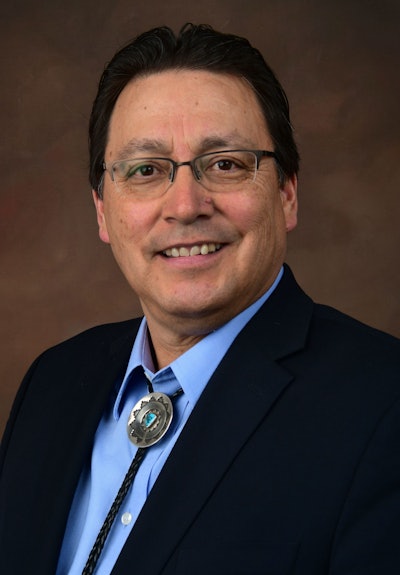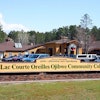The legacy of mistreatment that American Indians and Alaska Natives have endured is evident in the educational statistics. Only 16.1% of AIAN people over 25 have a bachelor’s degree or higher, less than half the rate of Americans overall, according to the U.S. Census Bureau. In an attempt to address this disparity, the Lilly Endowment, has announced a five-year, $38,775,000 grant to the American Indian College Fund, the nation’s largest charity for Native higher education. It is the largest gift in the College Fund’s 33-year history.
The money will go towards funding efforts to improve enrollment and retention at tribal colleges and universities (TCUs). TCUs are one of the strongest engines of success for Native students: those who attend a two-year TCU are four times likelier to earn a bachelor’s degree than those who attend a mainstream four-year institution out of high school. But TCUs are chronically underfunded. Most receive no money from their home states, and relatively little from the federal government. The nearly $39 million from the Lilly Endowment will make a big difference.
 Cheryl Crazy Bull, president and CEO of the American Indian College Fund
Cheryl Crazy Bull, president and CEO of the American Indian College Fund
The Lilly grant will allow the College Fund to expand “Culture at the Heart: An Indigenous Approach to Enrollment and Retention,” a pilot program that had funded efforts at five TCUs to attract and keep students. The additional money will enable the College Fund to support projects at 25 schools.
Enrolling Native students in TCUs is often more difficult than enrolling non-native students in mainstream schools.
“Recruitment in Indian country is not as simple as recruiting in a city where you can in one day hit five high schools,” said Dr. Charles M. Roessel, president of Diné College, a TCU chartered by the Navajo Nation. High schools might be on opposite sides of a reservation, hours apart by car. Should Diné receive some of the new funding, more outreach in secondary schools would be a priority, said Roessel.
Keeping Native students in school once they’ve enrolled is also a challenge.
“We have an enrollment of about 1,500 students every year,” said Roessel. “We lose 500 every year, and we gain 500. So, if we could just retain half of the 500 we lost, it would be a huge game-changer for us.”
The integration of Native culture is key to keeping students in school, according to Dr. Tyler Hallmark, a program associate with the Alfred P. Sloan Foundation who issues grants to Native scholars.
“When we’re talking about retention strategy, we’re really talking about making indigenous students feel at home,” he said. “Sense of belonging is one of the biggest things we talk about—having campuses that are familiar with their cultures [and] are celebrating their cultures.”
Grant funds could be used for extra-curricular cultural activities or for integrating Native culture into the classroom.
“Native students in general will tell you that the reason they’re going to college is because they want to improve their own or their community’s well-being,” said Crazy Bull. “So, we’re helping students make that connection.”
The money might also be used for projects that are not specifically grounded in Native culture, but which address the needs of Native students, such as funding for laptops and Wi-Fi, transportation, and childcare. The College Fund is aiming to let the TCUs lead the way in determining what would help them the most.
“The College Fund is very committed to [working] with the tribal college to create the program that meets their needs, uses their assets, fills gaps that they might have,” said Crazy Bull. “We believe in really helping the TCU identify where an investment of additional resources would make a strategic difference.”
This flexibility is important, according to Roessel. Dr. Charles M. Roessel, president of Diné College
Dr. Charles M. Roessel, president of Diné College
“[It allows] us to be innovative, creative, and meet our specific needs,” he said. “A lot of times, when you get other types of funding, it’s very restricted.”
Free from the limitations of other grant programs, Roessel imagined creating a non-traditional childcare cooperative, designed to accommodate the schedules of students who are only taking some of their classes in-person. Native culture, in the form of language and stories, could be integrated into the children’s activities.
The grant will also cover a shared enrollment management system so that all TCUs involved can benefit from the data that the projects generate.
“We have the expectation that we’re going to have a really strong community of practice where people are sharing different approaches and learning from each other,” said Crazy Bull.
It’s an opportunity for which Roessel is appreciative.
“Whenever a tribal college can get some additional funding, it’s a great day,” he said.
According to Crazy Bull, the grant marks a crucial moment in the history of TCUs.
“At different points in the growth of the tribal colleges, there have been inflection points,” she said. “And I think this is one where the tribal colleges will be able to use their strengths to do even better.”
Jon Edelman can be reached at [email protected].


















